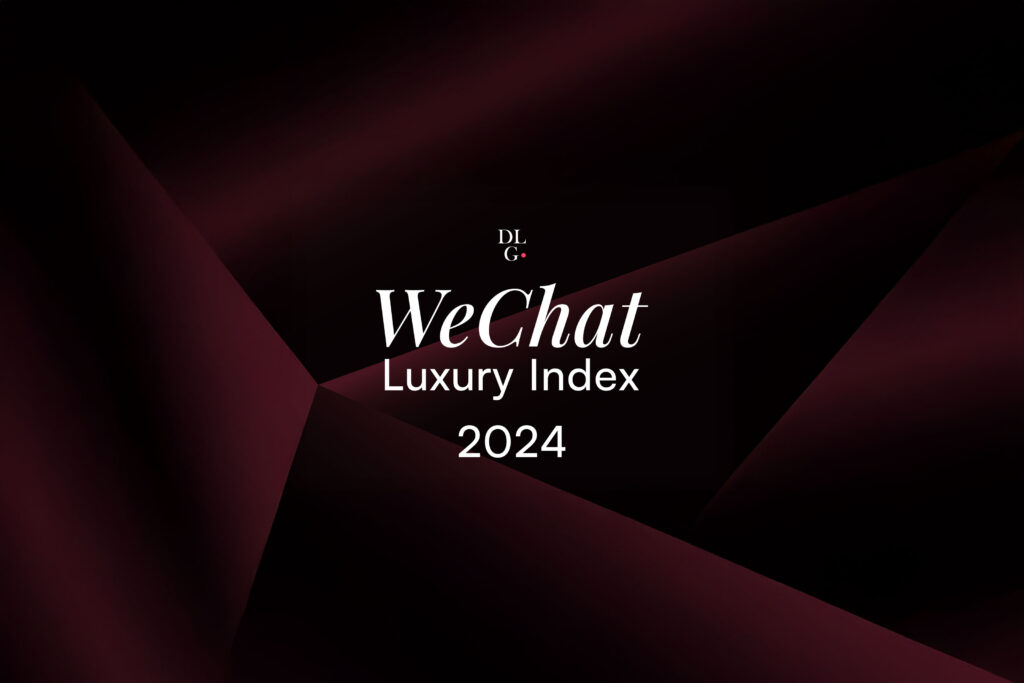Recent high-profile data breaches at LVMH and Kering have exposed a critical vulnerability in luxury’s digital transformation. As regulatory scrutiny intensifies and consumer expectations evolve, protecting customer data has shifted from a compliance requirement to a core element of brand equity in China.
In September 2025, two of the world’s most prestigious luxury conglomerates found themselves making headlines in China for all the wrong reasons. Customer data breaches at both LVMH and Kering exposed sensitive information, including purchase histories, contact details, and personal profiles – triggering swift regulatory scrutiny and sparking intense consumer debate across social media platforms.
For an industry built on discretion and exclusivity, these incidents represent more than technical failures. They signal a fundamental misalignment in how luxury brands have approached digital transformation in the world’s largest luxury market.
The Growth-First, Security-Later Paradox
The roots of this vulnerability can be traced back to luxury’s early digital adoption in China. When WeChat Mini Programs launched in 2017, brands quickly embraced them as the foundation for sophisticated CRM and client relationship management. The same year saw the introduction of China’s Cybersecurity Law, yet the industry’s attention remained focused elsewhere – on rapid digital engagement, omnichannel experiences, and building comprehensive customer databases at unprecedented speed.
During the pandemic’s “golden years” for luxury in China, this imbalance intensified. Double-digit growth rates rewarded front-end innovation: livestreaming, social commerce, and digital activations flourished. Meanwhile, back-end security infrastructure, data governance protocols, and partner oversight remained secondary priorities.
The turning point came in 2021 with the implementation of the Personal Information Protection Law (PIPL) and Data Security Law (DSL). These regulations fundamentally elevated data protection, framing it simultaneously as individual rights and national security concerns. Most brands scrambled to achieve compliance, relocating customer information stored outside China. However, deeper cybersecurity investments – comprehensive monitoring systems, incident response protocols, and rigorous partner oversight – continued to lag behind.
The High Cost of Visibility and Vulnerability
This explains why data breaches have become so prominent in 2025. The frequency is not necessarily due to a sudden spike in breaches, but rather the convergence of three critical factors: heightened regulatory scrutiny requiring disclosure, amplified media coverage of incidents, and increasingly informed consumers aware of their data rights.
Simultaneously, luxury’s digital ecosystems have grown exponentially more complex, with customer data flowing through CRM platforms, e-commerce sites, WeChat integrations, agency partners, and logistics providers. Each touchpoint represents a potential vulnerability, and security strength is only as robust as the weakest link in the chain.

Credit: Dior
The consequences now present a dual challenge for luxury houses. Regulatory authorities can impose financial penalties, conduct extensive audits, and launch formal investigations. More critically, consumers can withdraw their trust – and in luxury, reputation damage often proves more devastating than any regulatory fine. Once clients question a brand’s ability to protect their privacy, the fundamental promise of exclusivity and discretion is compromised.
China’s evolving data protection framework should be viewed not as a business constraint, but as a foundation for sustainable growth. By positioning data security as both individual rights and national security priorities, Beijing’s approach aligns closely with luxury’s core values: discretion, protection, and enduring trust relationships.
Trust as the New Strategic Imperative
Moving forward requires luxury brands to fundamentally reframe data protection from a compliance function to a strategic brand element. For luxury houses, customer data represents far more than transactional metrics – it provides invaluable insights into cultural codes, lifestyle aspirations, and evolving consumer values. This data carries profound symbolic weight: it represents trust. When clients share intimate details of their lives and preferences, they demonstrate faith that the brand will protect and respect that information.
Preserving this trust demands action across three critical areas. Technology investment must move beyond minimum compliance requirements to include localised data storage, continuous monitoring systems, and rapid-response capabilities that match the sophistication expected by luxury clientele. Data security must become a boardroom priority with clear executive accountability, comprehensive employee training, and security considerations embedded into every digital initiative. Most importantly, given that many breaches originate with third parties, brands need stricter due diligence and ongoing audits of agencies, logistics providers, and technology vendors handling sensitive customer information.

Credit: LVMH
The next phase of luxury’s evolution in China won’t be defined by boutique counts or the latest digital activation. Success will be measured by the confidence consumers feel when sharing their information with a luxury house. Brands that recognise data protection as integral to their luxury positioning will establish sustainable competitive advantages. The data breaches of 2025 serve as a wake-up call for an industry that mastered digital intimacy before digital security. Those who elevate data protection to the same strategic level as product development or brand storytelling will emerge stronger.
In China’s evolving digital landscape, security isn’t just about protecting data – it’s about protecting the very foundation of luxury itself: trust.










